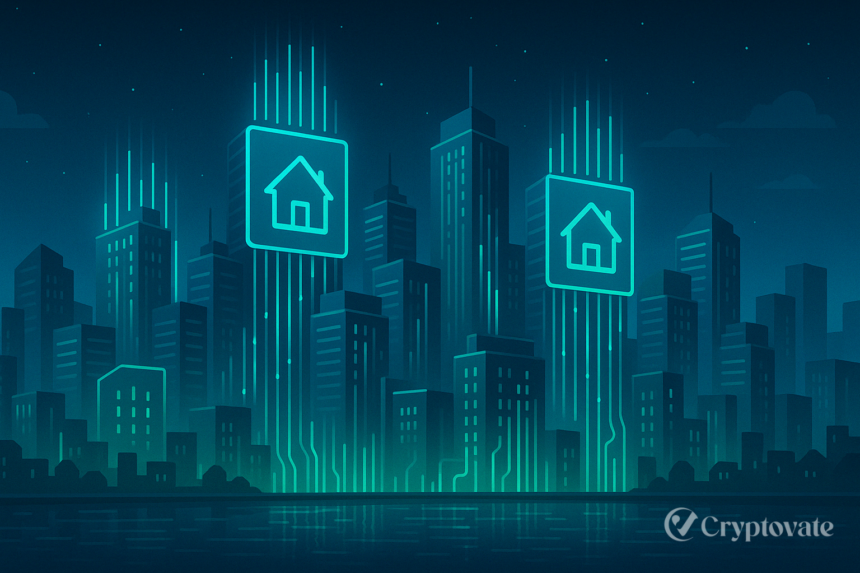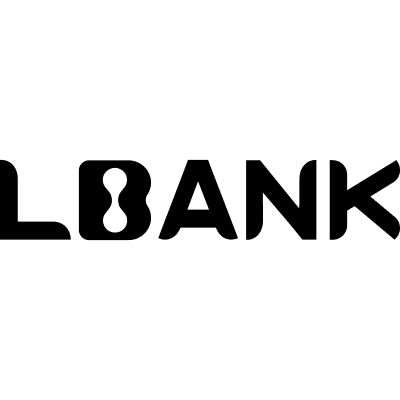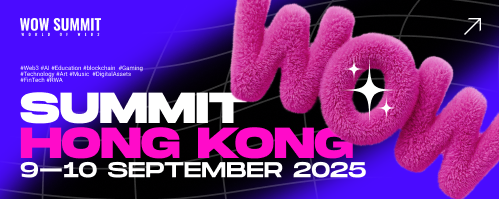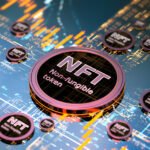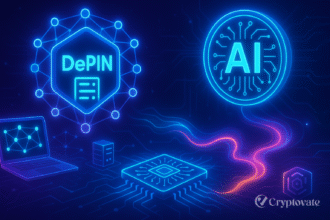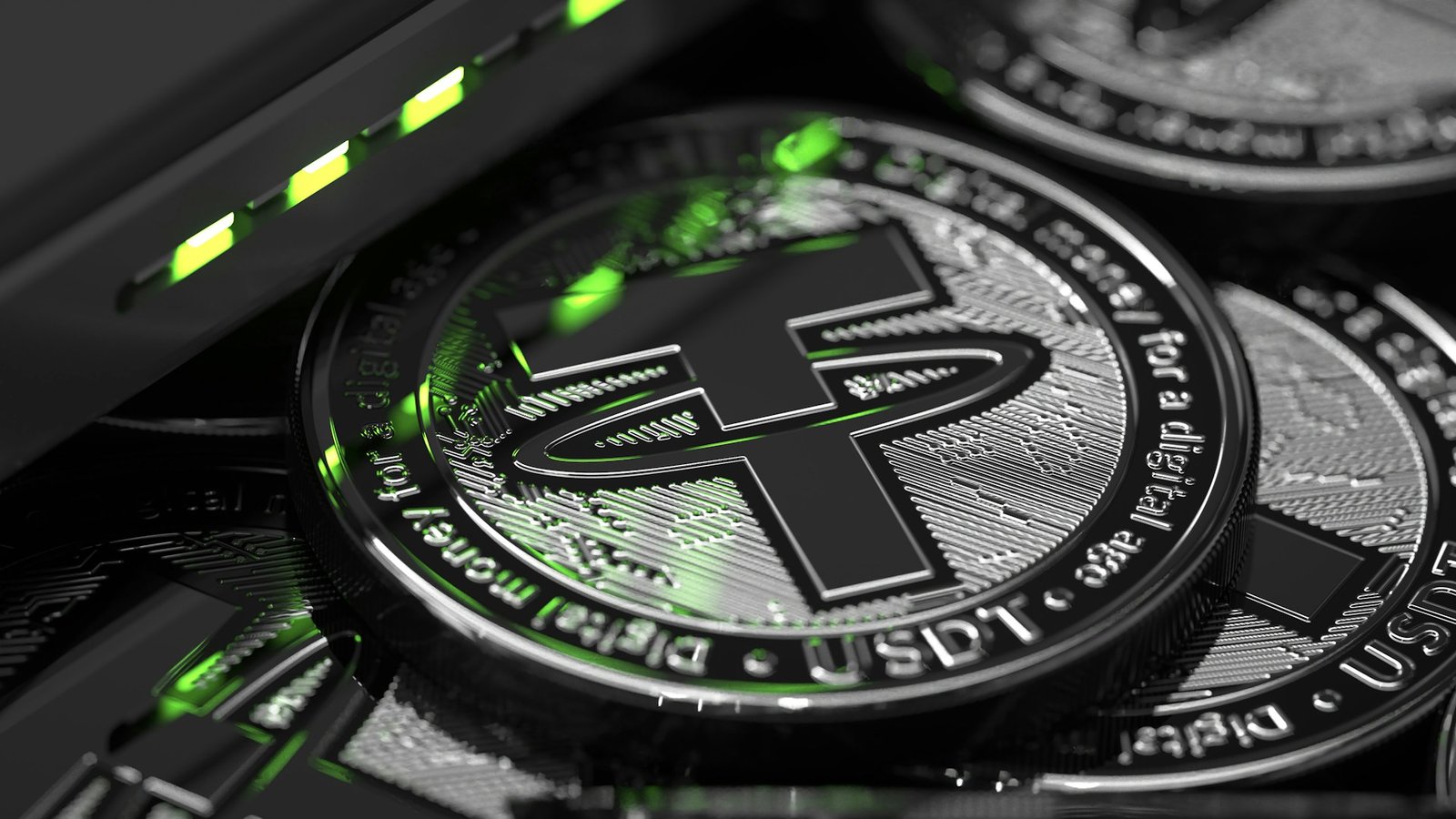– Ad –
| Getting your Trinity Audio player ready... |
In 2025, the cryptocurrency landscape is evolving beyond volatile coins and speculative trends. At the forefront is the rise of Tokenized Real-World Assets (RWAs), a game-changer blending traditional finance with blockchain technology. From real estate to bonds, RWAs are transforming how we invest, making high-value assets accessible to all. With the stablecoin market soaring past $200 billion in Q1 2025, tokenized assets are poised to redefine wealth creation. This article explores why RWAs matter, their key trends, challenges, and what lies ahead for investors.
What Are Tokenized Real-World Assets?
Tokenized RWAs represent tangible or financial assets, such as real estate, artwork, commodities, or bonds, converted into digital tokens on a blockchain. Each token represents ownership or a share of the asset, enabling fractional investment. For example, a $1 million property can be tokenized into 1,000 tokens, allowing investors to buy a single token for $1,000. Blockchain ensures transparency, security, and immutability, while smart contracts automate transactions, reducing intermediaries.
In contrast to cryptocurrencies like Bitcoin, RWAs draw their worth from physical assets, providing stability and practical real-world applications. Platforms like RealT and Polymath are already tokenizing properties and securities, making investment seamless.
Why RWAs Are Revolutionizing Investment
1. Democratized Access
RWAs break down barriers to high-value investments. Traditionally, real estate or private equity required significant capital, locking out retail investors. Tokenization allows anyone with a crypto wallet to own a fraction of a property or bond. In 2025, platforms like Harbor enable users to invest as little as $100 in tokenized real estate, empowering wealth-building.
2. Enhanced Liquidity
Illiquid assets like art or real estate often take months to sell. Tokenized RWAs trade on blockchain marketplaces, enabling instant transactions. This liquidity attracts investors seeking flexibility, with secondary markets for RWA tokens growing rapidly.
3. Stablecoin Integration
The $200 billion stablecoin market (e.g., USDC, Tether) fuels RWA adoption. Stablecoins provide a low-volatility medium for buying tokenized assets, especially in emerging markets facing currency inflation. In Q1 2025, stablecoin transactions for RWAs surged, reflecting their role as a financial bridge.
Key Trends Shaping RWAs in 2025
Institutional Adoption
Major banks like BNY Mellon are integrating stablecoins into custody services, signaling institutional trust in tokenized assets. In 2025, firms are tokenizing corporate bonds and private equity, with BlackRock exploring RWA-focused funds. This mainstream acceptance is driving market growth.
Emerging Market Growth
Countries like Panama, now accepting crypto for taxes, are embracing RWAs to attract investment. Tokenized real estate in emerging markets offers high yields, drawing global investors. For instance, tokenized farmland in Africa is gaining traction for sustainable investing.
DeFi Integration
Decentralized finance (DeFi) protocols like Aave are incorporating RWAs as collateral, enabling users to borrow against tokenized assets. This fusion of DeFi and RWAs unlocks new financial products, from yield farming to asset-backed loans.
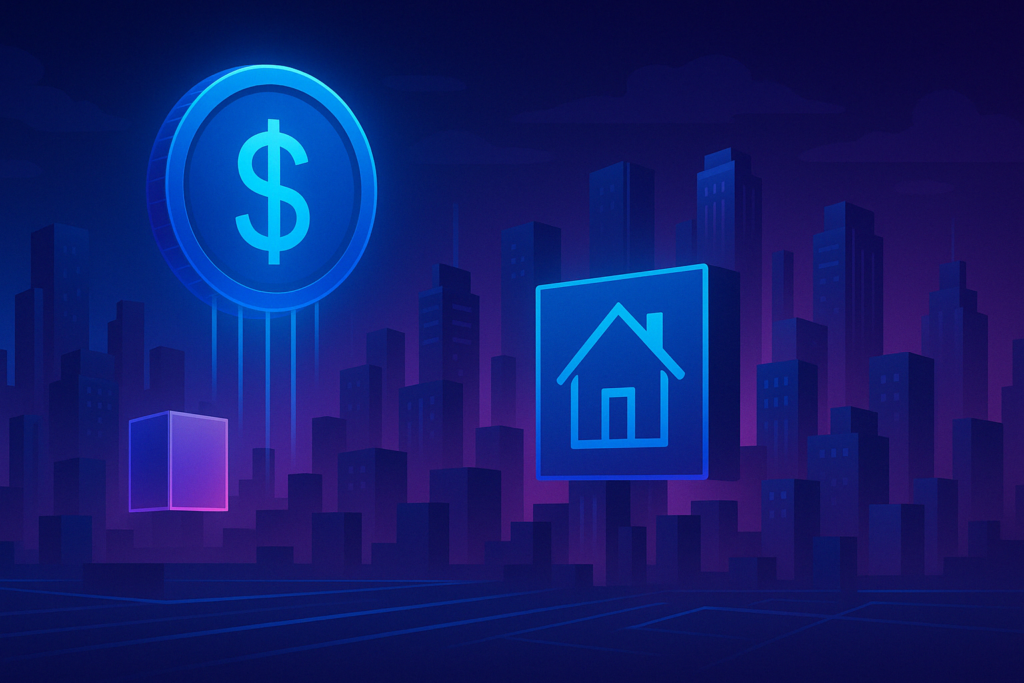
Challenges to Overcome
Despite their promise, RWAs face hurdles:
- Regulatory Uncertainty: Global regulations for tokenized assets are inconsistent. While the U.S. Treasury’s 2025 sanction lift on Tornado Cash signals progress, unclear SEC guidelines on tokenized securities pose risks. Compliance remains a challenge for platforms.
- Scalability: Blockchain networks like Ethereum face high transaction fees during peak demand, impacting RWA trading. Layer-2 solutions are emerging but not fully adopted.
- Scam Risks: The crypto space is rife with fraud. Fake RWA projects can mislead investors, emphasizing the need for due diligence and reputable platforms.
The Future of RWAs: What’s Next?
By 2030, the tokenized asset market could reach $10 trillion, per Deloitte estimates. In 2025, expect:
- Wider Asset Classes: Beyond real estate, expect tokenized collectibles, intellectual property, and carbon credits.
- Regulatory Clarity: Governments are likely to introduce RWA-specific frameworks, boosting investor confidence.
- AI and Blockchain Synergy: AI-driven platforms will enhance RWA valuation and risk assessment, streamlining investment.
For investors, RWAs offer a hedge against crypto volatility and traditional market risks. However, thorough research is critical—stick to regulated platforms and verify asset legitimacy.
Also Read: Supreme Court Rejects WazirX Users’ Plea: A Setback for Crypto Investors in India
How to Get Started with RWAs
- Choose a Platform: Explore RealT for real estate, Centrifuge for tokenized invoices, or Securitize for securities.
- Set Up a Wallet: Use MetaMask or Coinbase Wallet to hold stablecoins and RWA tokens.
- Research Assets: Verify the asset’s legal backing and platform credibility.
- Stay Informed: Follow regulatory updates on Cointelegraph to navigate risks.
Conclusion
Tokenized Real-World Assets are reshaping investment in 2025, offering accessibility, liquidity, and stability in a volatile crypto market. As institutions and emerging markets embrace RWAs, their growth is unstoppable. Yet, investors must navigate regulatory and scam risks with caution. By blending blockchain’s security with real-world value, RWAs are not just a trend—they’re the future of finance. Start exploring today, and position yourself for the tokenized economy of tomorrow.


